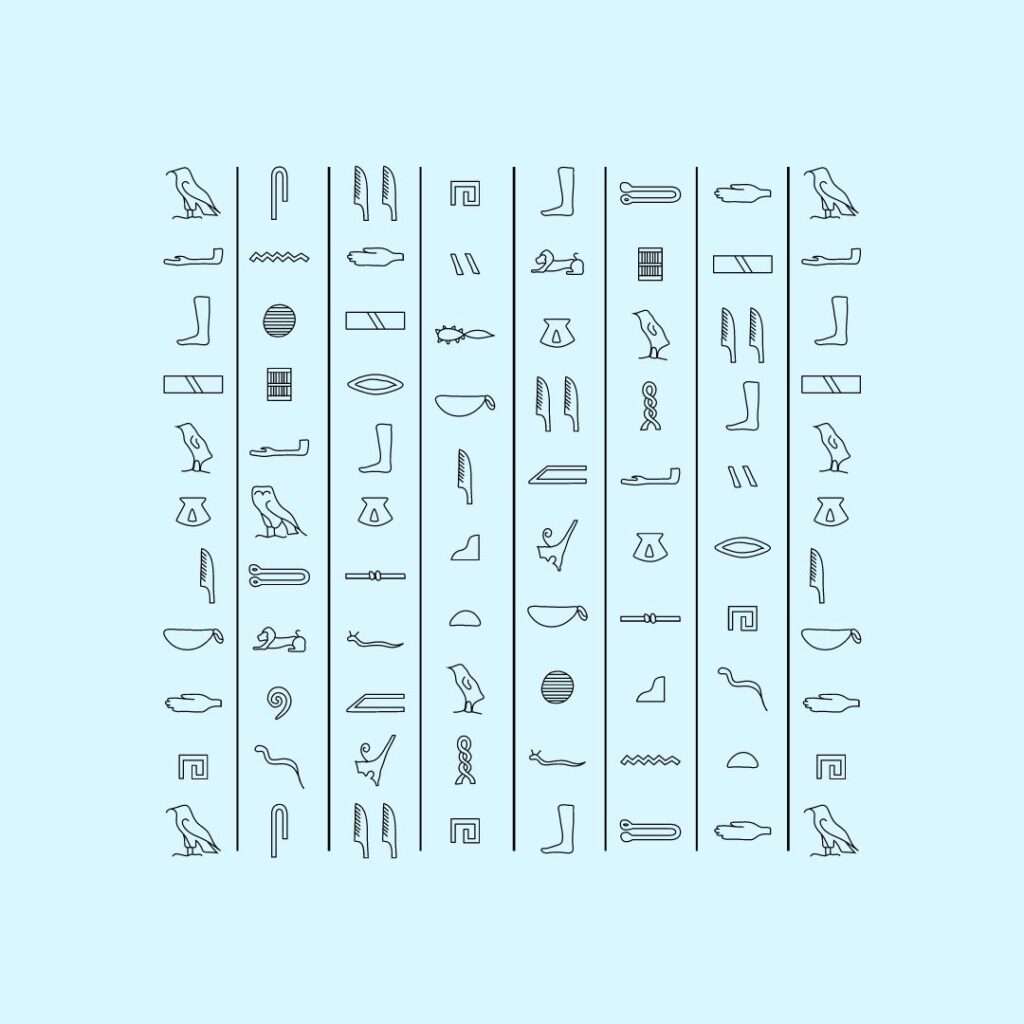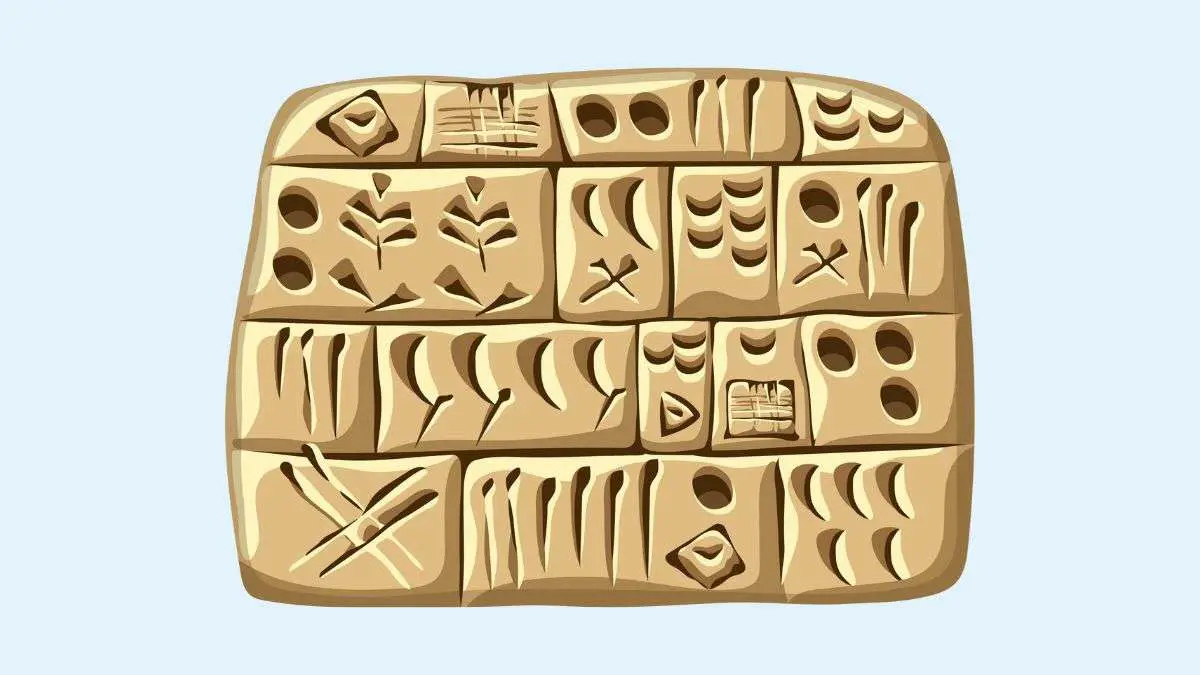Table of Contents
- Unraveling the Ancient Scripts
- Tracing Linguistic Evolution
- The Power of Modern Syntax
- Conclusion: Embracing Linguistic Continuity
Unraveling the Ancient Scripts
The quest to understand our past often leads us to the doorsteps of ancient civilizations, where the decipherment of early writings provides crucial insights into human history. These ancient scripts serve as a Rosetta Stone for unraveling the evolution of language and offer a fascinating glimpse into the minds of our ancestors.
Significance of Ancient Scripts
Ancient scripts are not just relics but the keys that unlock the stories of civilizations long gone. They enable us to hear the voices of the Sumerians, Egyptians, and Mayans, among others. Understanding these scripts is essential for historical linguistics because it allows scholars to trace the development of languages, observe how linguistic features have changed over time, and understand the cultural exchanges that have shaped our modern tongues.
Translating these texts is a meticulous process that often requires a multidisciplinary approach combining archaeology, anthropology, and linguistics to ensure the most accurate portrayal of ancient thoughts and expressions.
Comparative Methods in Decoding Lost Languages
Deciphering a lost language resembles assembling a complex puzzle without a reference picture. Linguists employ comparative methods, analyzing similarities between known languages and undeciphered scripts to find patterns and make educated guesses about meaning.
This methodology has had a profound impact on linguistic theories today. For instance, the study of Indo-European languages and their spread across continents has been significantly informed by comparing ancient texts in different scripts, shedding light on the migratory patterns of ancient peoples and the evolution of language families.
Pivotal Moments in Translation History
The history of translation is rich with pivotal moments that mark the transition from one era to another. One such moment was the decipherment of Egyptian hieroglyphs by Jean-François Champollion in the 19th century. This breakthrough was monumental, bridging the gap between modern scholars and ancient Egyptians. The subsequent translations of hieroglyphic texts reshaped our understanding of Egyptian culture and history.
Similarly, the discovery of the Behistun Inscription in Iran was crucial for unlocking the secrets of cuneiform script, offering insights into Mesopotamian societies. As we moved into the digital age, the evolution continued with the digitization of texts, which has revolutionized our access to and analysis of ancient scripts, making it easier than ever to share and compare translations across the globe.
Tracing Linguistic Evolution
In our journey to unlock time through language, we’ve come to understand how much ancient scripts have influenced the realm of linguistics and translation as we know them today. These age-old symbols and writings are not merely relics of the past but the cornerstones upon which modern linguistic theories stand.
But how exactly have these scripts shaped the intricate tapestry of linguistic evolution? Let’s delve into this fascinating interplay between the ancient and the contemporary.
The Influence of Ancient Scripts on Modern Linguistic Theories
When we peer back into the annals of history, ancient scripts emerge as the precursors to all modern languages. From the cuneiform tablets of Mesopotamia to the hieroglyphs adorning Egyptian tombs, each character and symbol holds the key to understanding language structure and the cultures that birthed them. As linguists and translators study these scripts, they uncover patterns and rules that inform current linguistic theories.
For instance, phonetics and the alphabet can be traced back to the Phoenicians, who revolutionized writing by creating a set of symbols that represented sounds rather than concepts or objects. This breakthrough in abstraction paved the way for the alphabets we use today in countless languages, influencing everything from grammar to syntax.
Deciphering Ancient Scripts and Their Impact on Historical Linguistics
Deciphering ancient scripts is akin to assembling a complex puzzle without having the picture on the box. Yet, through painstaking research and comparative analysis, linguists have unlocked the secrets of long-lost languages, such as Akkadian and Sumerian.
Each successful decipherment offers a trove of insights into the history of language. For example, understanding Sumerian cuneiform has shed light on developing Indo-European languages, providing evidence of linguistic shifts and the migration of peoples and ideas. These findings enrich our understanding of historical linguistics, offering a clearer picture of how language evolved over millennia.
The Evolution of Written Language
As written language evolved, so too did the methods and applications of linguistic practice. The transition from pictographic inscriptions to alphabetic writing systems marked a significant shift in how information was communicated and stored. This evolution had profound implications for the field of translation.
In the modern era, translators no longer transcribe texts; they must also capture the cultural nuances and idiomatic expressions once tied to specific scripts and symbols. With the advent of digital publishing technology, this challenge has multiplied, as translators now work with a global audience and an ever-expanding array of digital texts. The knowledge gleaned from ancient scripts informs translation practices today, ensuring that even as languages change, the essence of the message endures.
Understanding the past is imperative to navigating the present and shaping the future of language. The study of ancient scripts does more than satisfy our curiosity about civilizations long gone; it equips us with the tools to appreciate and engage with the living, breathing entity that is language. As we continue to explore the interconnectedness of human communication, we find that script’s evolution is not a mere chronicle of changes but a narrative of adaptation and resilience that resonates through every word we speak and write today.
The Power of Modern Syntax
With the tapestry of ancient scripts laid out before us, we now weave into the fabric of modern syntax and its profound impact on how we communicate globally. The evolution from hieroglyphs to hashtags has been no small feat, and it’s worth delving into how this journey has transformed contemporary translation practices.
Analyzing the Transition from Ancient Symbols to Modern Syntax
The leap from ancient symbols to modern syntax isn’t just about the change in the shapes of characters or introducing new alphabets. It’s a fundamental shift in how we structure our thoughts and convey meaning. This transition has enabled us to express complex ideas, emotions, and nuances that were once beyond the scope of primitive inscriptions.
As a result, translation today isn’t merely about substituting words from one language to another; it’s about capturing the essence of a message, with all its subtleties, and delivering it to a diverse audience.
Modern syntax allows for clearer rules and structures, leading to more accurate translations. Punctuation marks, sentence boundaries, and grammatical standards help translators ensure that the translated text conveys the same meaning as the original. The precision offered by modern syntax reduces ambiguity and enhances understanding across different languages and cultures.
Implications of Digital Texts in Shaping Modern Linguistic Applications
Digital texts have revolutionized the way we access and disseminate information. They are pivotal in shaping modern linguistic applications, such as machine translation and natural language processing (NLP). In the digital realm, texts are not static; they are dynamic entities encoded with metadata that provide context, structure, and formatting. This digital layer allows sophisticated algorithms to parse and understand language in ways that mimic human cognition.
The implications for translation are significant. With the advent of powerful computer-assisted translation tools and language services, translators can work more efficiently and accurately. Additionally, digital texts facilitate the creation of massive bilingual corpora, which are invaluable resources for human translators and NLP systems. The speed and scale at which translation can now occur are unprecedented, thanks to these digital advancements.
Influence of Ancient Scripts on Modern Syntax
The journey from etchings on stone to electronic text on screens has also influenced our translation and linguistic analysis approach. Understanding the roots of our writing systems gives us a deeper appreciation for the diversity and complexity of human language. It reminds us that languages are living, breathing entities that evolve. This historical perspective informs modern linguistic analysis, prompting us to consider what is said and how it reflects the speaker’s culture and worldview.
Modern syntax, shaped by its ancient predecessors, provides a framework linguists and translators use to dissect and reconstruct meaning. It has led to the development of standardized grammars and lexicons that serve as references in translation work. Moreover, it has paved the way for cross-linguistic studies that reveal the universal elements of language and the unique features that set each language apart.

Ultimately, the transition from ancient symbols to modern syntax is not merely a historical curiosity; it’s a key to unlocking the full potential of language in our globalized world. Through the lens of modern syntax, we gain insights into the intricacies of communication, allowing us to bridge gaps and build connections across time and space.
Conclusion: Embracing Linguistic Continuity
As we reach the culmination of our exploration into the tapestry of language, it’s evident that the transformative journey from ancient scripts to modern writing has been remarkable. This voyage has shaped historical linguistics and contemporary translation practices and redefined our ability to communicate complex thoughts precisely and clearly. The evolution of written language reflects the ingenuity of human intellect and its perennial quest to understand and be understood.
The significance of this progression cannot be overstated. Each ancient script we manage to decode is a vital puzzle piece in the grand mosaic of human history. By shedding light on how these early forms of writing have influenced today’s linguistic frameworks, we gain insight into the foundational structures that govern our speech and text. As readers, appreciating this continuity means recognizing that every word we speak or write is a legacy of countless generations’ efforts to express their reality.
Therefore, let’s take a moment to marvel at the intricate link between the past and the present. Understanding ancient scripts is more than an academic pursuit; it is a window into the minds and societies of those who came before us. Their contributions continue to resonate within modern linguistic applications, providing context and depth to the languages we use daily. It is a reminder that our current modes of communication are built upon the rich bedrock of history.
In light of this, a call to action is warranted. There is immense value in the interconnectedness between ancient scripts, linguistic theories, and contemporary translation practices. Delving deeper into this relationship not only enriches our knowledge of language but can also lead to innovations in how we approach translation, teaching, and even the development of artificial intelligence. The possibilities are endless, and the insights to be gained are crucial for the continued advancement of linguistic scholarship.
The journey from etching symbols in stone to typing characters on digital screens encapsulates human communication’s endless adaptability and creativity. Let us not be content with the surface understanding of our linguistic heritage. Instead, let’s strive to unearth the layers of meaning and history behind our words, for they are the threads that weave together the story of humanity. The past informs the present, and by embracing this continuum, we empower ourselves to shape the future of language with wisdom and insight.
